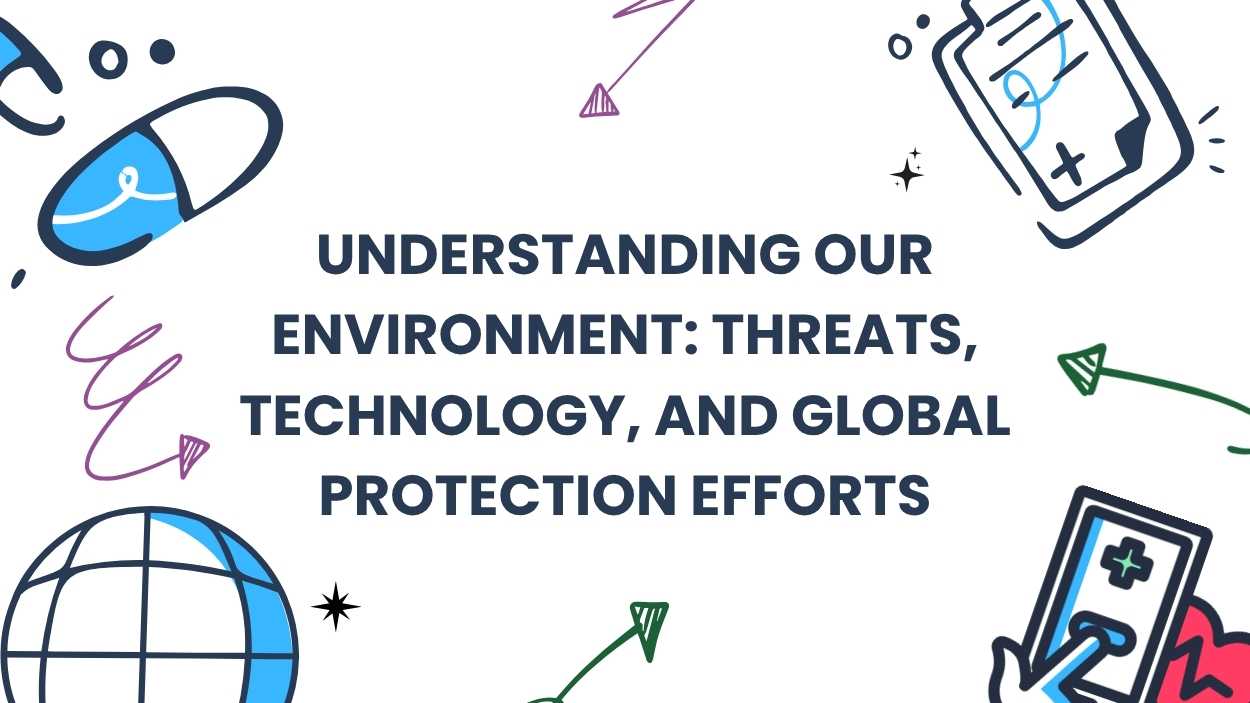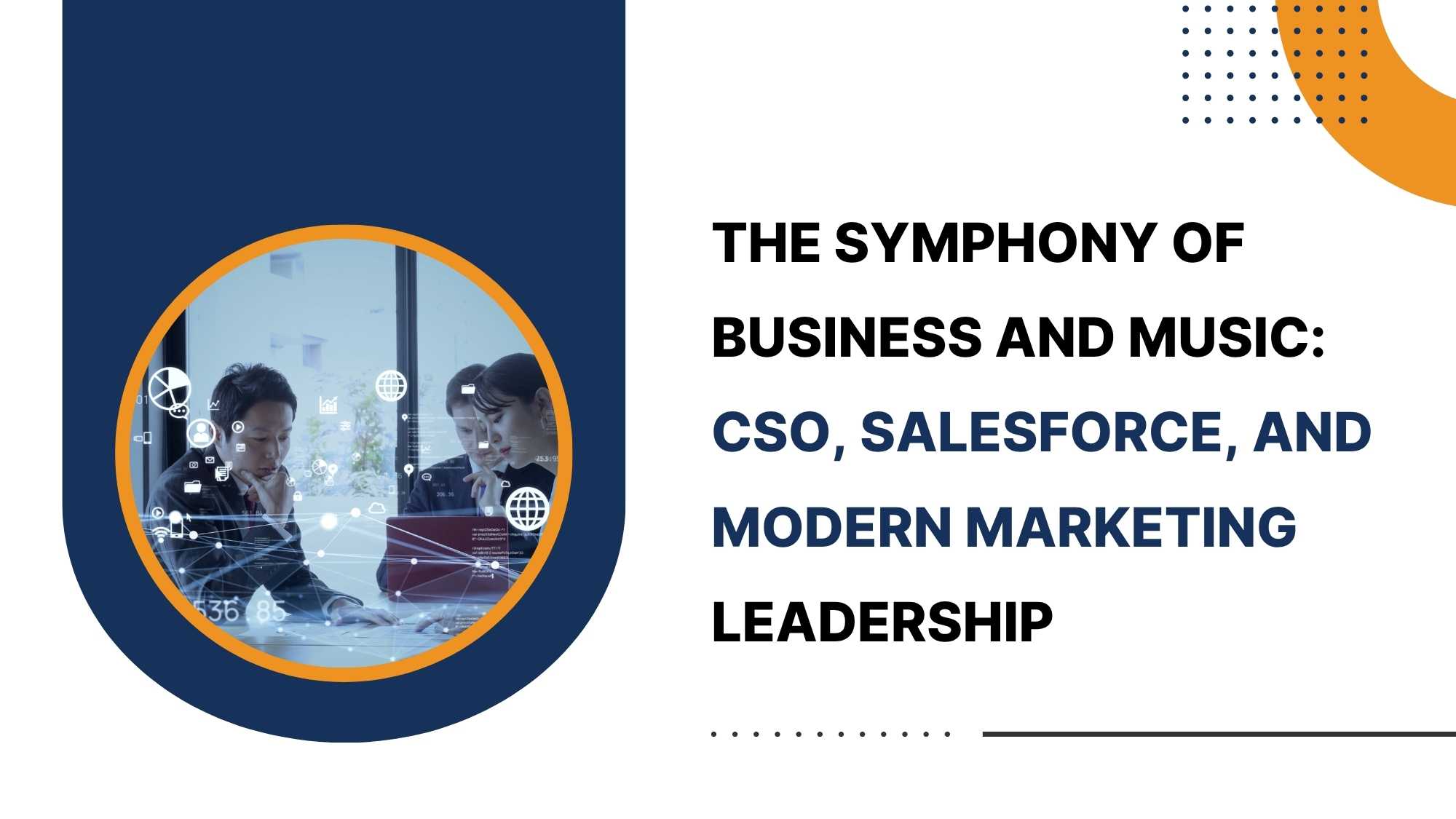In the modern business landscape, change is the only constant. We’ve all been there: the email blast announcing a ‘strategic pivot’ or a ‘new direction,’ leaving many employees scratching their heads, wondering how this grand vision actually impacts their daily tasks. This disconnect between high-level strategy and ground-level operations is a critical failure point. The success of any strategic initiative hinges not just on its inherent brilliance, but on the ability to translate it into concrete, actionable goals that resonate with every team member.
The Translation Challenge
The core problem isn’t that employees are resistant to change; it’s that they often lack the context to understand *why* the change is necessary and *how* their contributions fit into the bigger picture. Imagine a puzzle where each employee holds a piece, but nobody has shown them the completed image. Without that guiding image, their individual efforts become disjointed and ultimately less effective. Leaders must act as translators, converting abstract strategic goals into tangible, relatable objectives. This involves clear, consistent communication, active listening, and a willingness to address employee concerns and questions directly.
Actionable Insights
This goes beyond simply stating the company’s goals. It necessitates explaining the rationale behind the strategic shift, highlighting the potential benefits for both the organization and its employees, and clearly defining individual roles and responsibilities in achieving the desired outcomes. Transparency is key. Openly address potential challenges and uncertainties, fostering a culture of trust and collaboration. Remember, buy-in isn’t achieved through dictation; it’s cultivated through understanding and shared ownership.
One effective method is to break down overarching strategies into smaller, more manageable projects with clearly defined milestones. This allows employees to see progress being made, fostering a sense of accomplishment and reinforcing the relevance of their contributions. Regular feedback sessions and progress updates are also crucial for keeping employees engaged and motivated. Celebrating successes, both big and small, reinforces the positive impact of the strategic change and encourages continued effort.
The Power of Connection
Ultimately, building employee buy-in for strategic change is about fostering a sense of connection – connecting employees to the company’s vision, connecting their work to the overall goals, and connecting them to each other through shared purpose. By transforming abstract strategies into concrete actions and empowering employees to contribute meaningfully, leaders can unlock the full potential of their teams and drive sustainable success in an ever-evolving business environment. The bridge between the boardroom and the breakroom must be carefully constructed and maintained.














